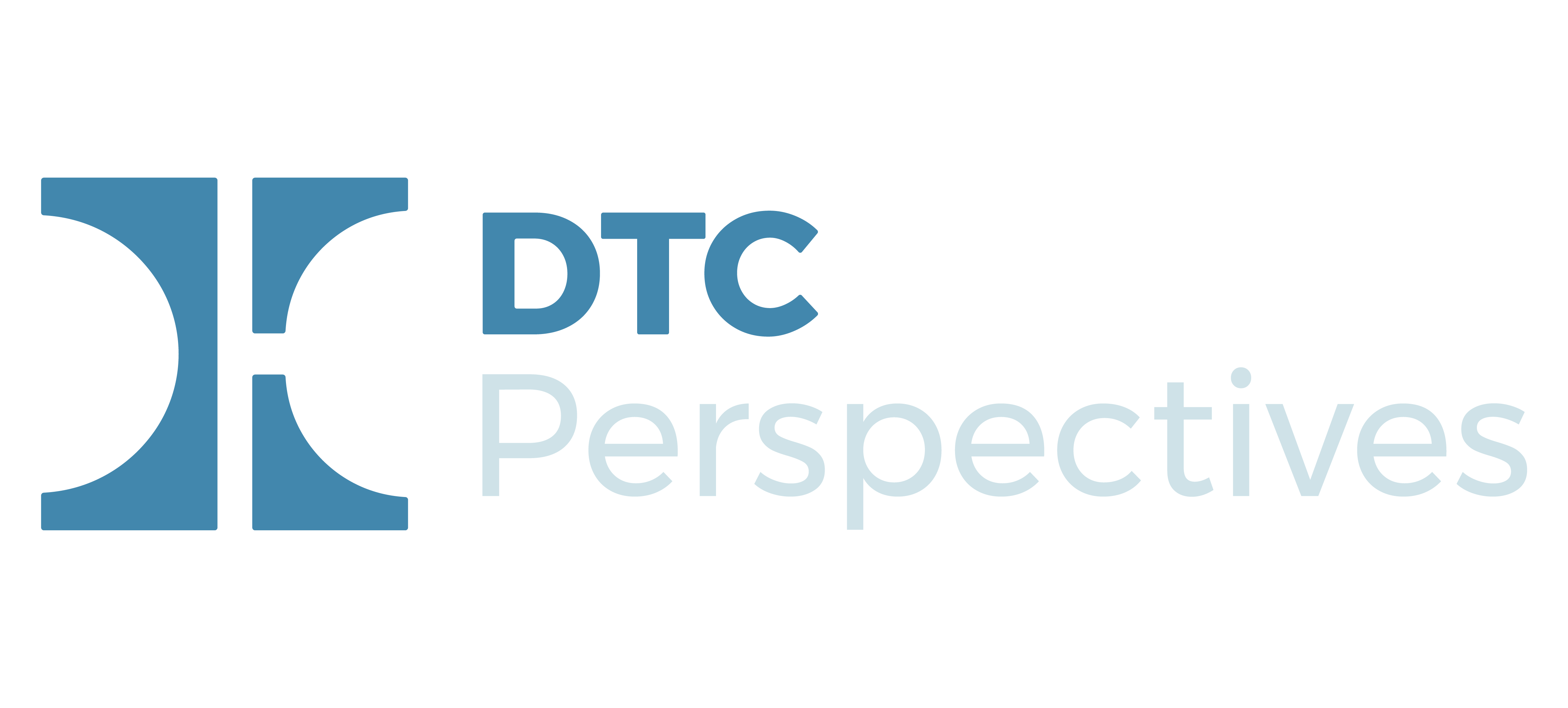Pharmaceutical patient apps are a hot topic among brand teams these days. They hold great promise for a brand across the patient journey, from supporting a dialog with physicians to setting treatment expectations to supporting disease or lifestyle management to providing support to maximize adherence.
Yet, for all its promise, many brand teams have been disappointed with the results of their patient apps, measured in terms of downloads (scale), repeat usage (engagement) and business impact. I’ve witnessed a number of factors that drive this. Among them:
- Failing to identify a user real need
- Failing to differentiate from competitive apps
- Insufficient focus on recruitment
- Failing to integrate the app into a wider patient support ecosystem
- Failing to maintain the app
These are fundamentally product design and management challenges and they usually result from a failure to plan adequately in advance.
If you are thinking about an app for your band, first remember this: 80-90% of apps are used once and then deleted, according to a study by Compuware. Then answer these seven deceptively simple questions. It can mean the difference between success and failure.
- Who are the patient needs we are trying to serve?
Sadly, most pharma apps exist to serve a business purpose. If you are planning an app, make sure you have defined a clear and pressing user need. Market research is a must and ethnography is a great tool to help you discover real pain points in a patient’s experience and in their use of your product.
- How will we differentiate?
In the app universe, pharma not only competes against other drug manufacturers but also digital health start-ups and publishers. If the need you seek to fill is already being satisfied, think twice about duplicating it, unless you have a clear plan to provide a significant leap in utility.
- Do we understand the drivers of utility?
Most successful apps do a small number of things exceptionally well. Involve patients in the design process to understand which features will give you the biggest bang for the buck. Avoid feature creep.
- Do we understand how the app links to our wider support ecosystem?
The best apps out there are a single node of a broader digital ecosystem. All of the pieces fit together. For example, the app is linked to the nurse call center, which is linked to the patient support site. You will avoid the “silo” trap if you set out to design an integrated patient experience, not an app.
- How will we drive enrollment?
A scan through pharma app download statistics will reveal a sad truth: most are only seen by a very small percentage of patient populations. To avoid this fate, you need a clear plan to drive recruitment. There are many options here ranging from search, to social network ads, to rep-pull through.
- Should we build or partner/buy?
Pharma companies are great at partnering when it comes to licensing medicines, but for some reason when it comes to apps, the tendency is to build versus partner. As a result, a lot of money is wasted creating functionality that already exists or could be built faster, cheaper, and better with a start-up or health publishing partner. Smart Patient and Mango Health are two examples of companies partnering well with pharma.
- How do we create a bridge to business value?
The best apps put the user first and provide a compelling, easy-to-use differentiated experience. But they also have a commercial strategy. Whatever your app’s purpose, think creatively about how to drive the behavioral result you desire. Define this “conversion event” and built it into the user experience.
Happy apping!
Republished with permission. Click here to read the original posting on MediaPost.





